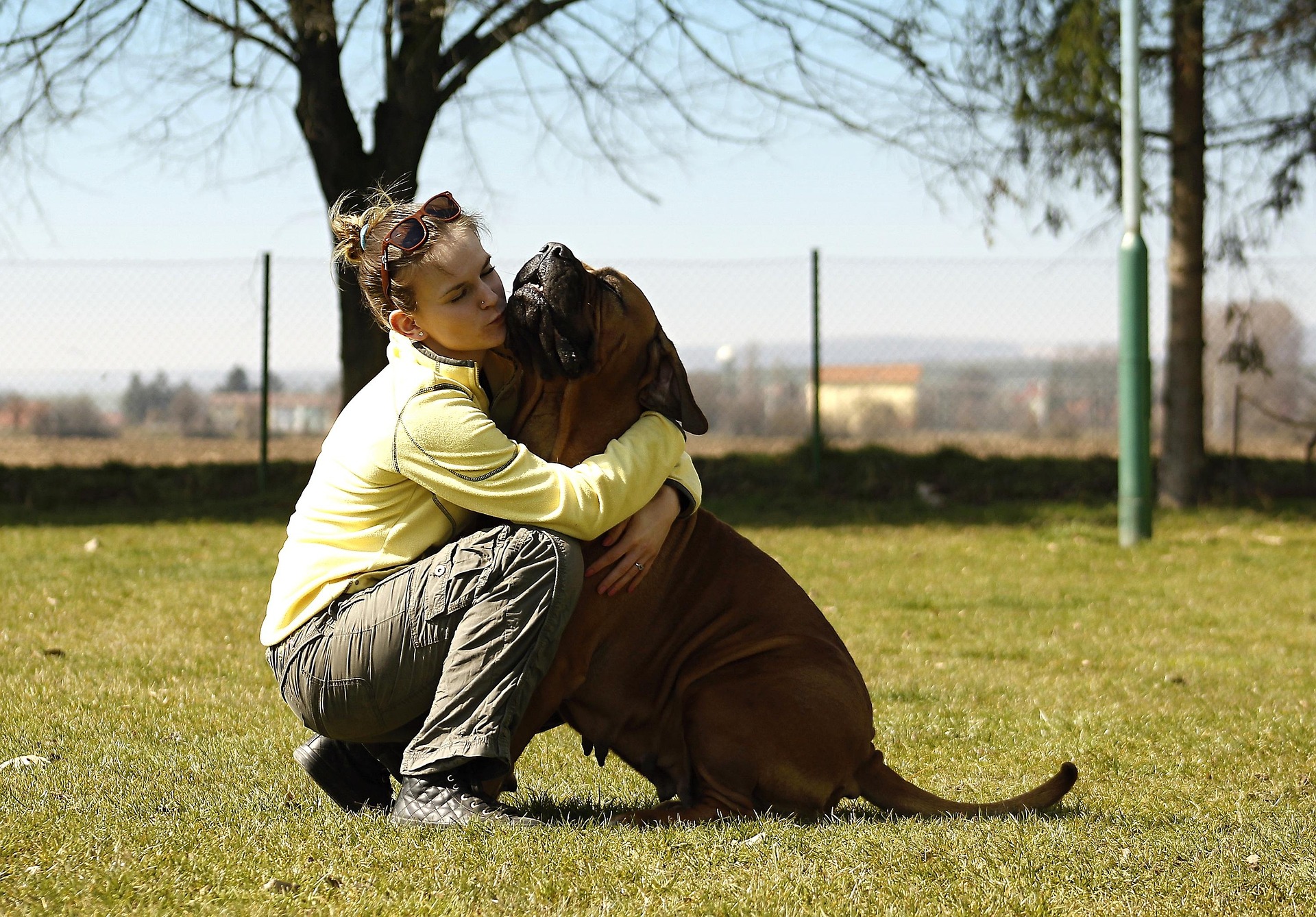Spring has sprung! Flowers are blooming, the grass is green again, and you can take your pet out for a walk in sunnier weather. Unfortunately, the other thing that has sprung up with the season are fleas, ticks, and all other kinds of parasites that we don’t want going anywhere near us or our pets.
Whether you live in a Burnaby BC neighbourhood or in the heart of downtown Vancouver BC, fleas can still crop up and appear in the open fields and dog parks you may want to bring your pooch to. We could fill an entire book about all of the pests that emerge during this time of the year, but today we’ll just focus on fleas as far as parasite prevention is concerned.
So, without further ado, here are some flea prevention tips for springtime.
Tip 1: Learn How Fleas Get Around
The perks of being a flea—much to the dismay of pet owners—is how teeny-tiny they are in size and how easy it is for them to find and latch on to pets. They may not have wings, but their back legs more than make up for how efficiently they jump around.
When they find a good place to nestle in your dog or cat’s fur, these accurately named ‘little bloodsuckers’ will suck up your pet’s blood, causing an obvious itchy bump to appear on your pet’s skin. During the time they spend attached to your poor pooch or kitty, they will lay eggs for up to 30 days. When they’re done, they will just hop off and then set up their new home on your furniture, continually on your pets…and perhaps even periodically on you.
We know this sounds gross, and that’s because it is! Fortunately, now that you know how fleas get around, here’s what you can do about it.
Tip 2: Apply Flea Prevention Products Recommended by Your Vet
Keep in mind, it’s best to follow this tip before you discover fleas in your home or on your pet cat or dog. However, if you’ve discovered fleas in your home already, then the best thing you can do is to find and use products that are meant for prompt cat or dog parasite prevention—in this case, fleas—immediately. You might need to give your pets a bath with flea-killing shampoo or apply a topical solution at once. The safest way to treat your pet is to call or visit your vet to discuss the best product for your pet’s lifestyle, whether it’s oral prevention, topical prevention, or immediate treatment options.
Tip 3: Clean, Clean, and then Clean Some More
Vacuuming is one of the absolute best things you can do to prevent an infestation from happening in the first place. Pay extra attention to nooks and crannies and wherever your pet spends their time, such as their bed, around your bed, in the corners of the room…basically, anywhere and everywhere you can think of.
Remember to dispose of the vacuum cleaner bag immediately afterward by sealing it in an extra garbage bag before throwing it out, especially if you suspect an infestation is present or if you’re currently trying to prevent or get rid of one.
Always mop up the floors when you’re done vacuuming to kill any potential eggs. Launder your pet’s bed, bedding, and washable toys in hot water and soap. If there are toys you can’t wash, but they’re infested, you’ll unfortunately have to throw them away.
In the event cleaning doesn’t work, or if the infestation is too great, it may be time to call an exterminator. If that’s out of your budget, there are options available over the counter for in-house use, however this should be your last resort, as it’s always better to have a professional choose the best product for your house.
Tip 4: Keep Talking to Your Veterinarian
Your veterinarian can help not only determine whether or not your pet actually has fleas, but also your vet can help you to prevent fleas before they’re even present by applying a monthly, topical repellant on to your pet. They can also provide you with the right tools you need for cat and dog parasite prevention, not only for fleas but also for other parasites such as heartworm and ticks.
This spring, don’t let the fleas be the ones to rise up when the sun rolls out. By following these tips, you can prevent them from coming anywhere near your pet and go out and enjoy the sunny weather together!
Creative Commons Attribution: Permission is granted to repost this article in its entirety with credit to Hastings Veterinary Hospital and a clickable link back to this page.






